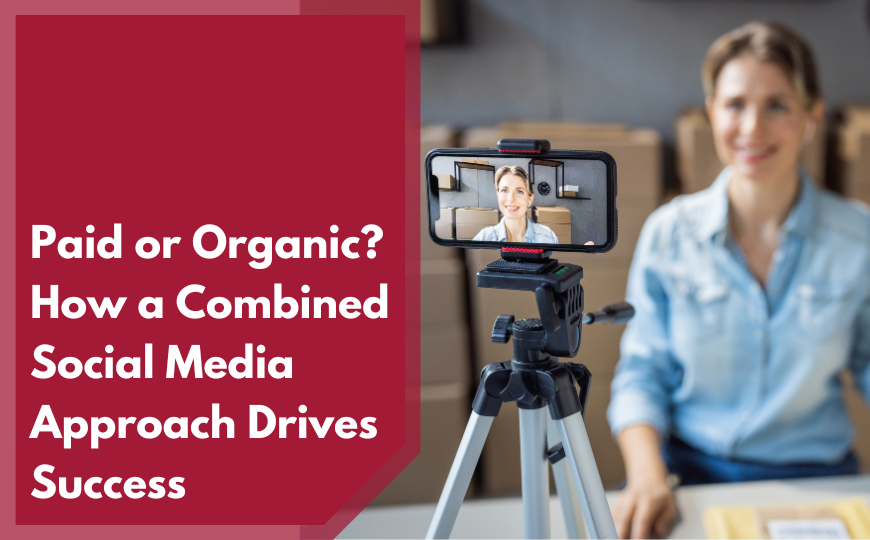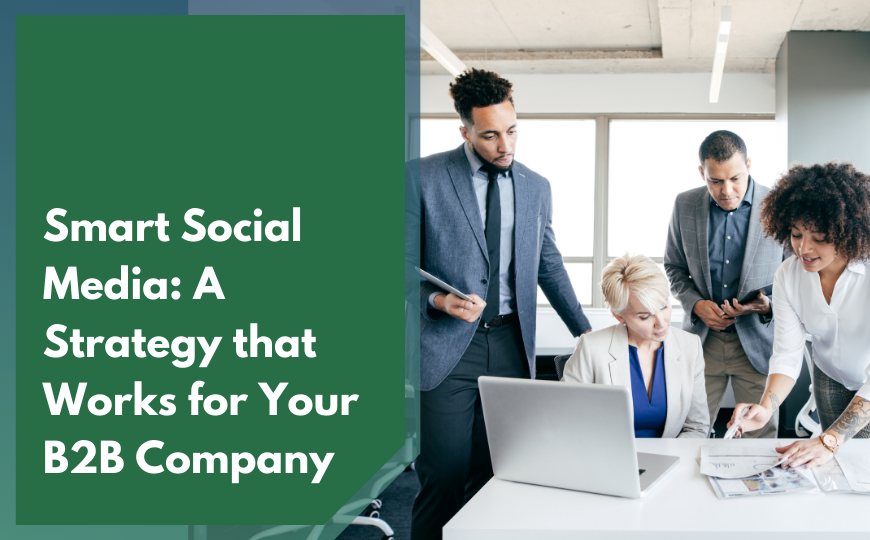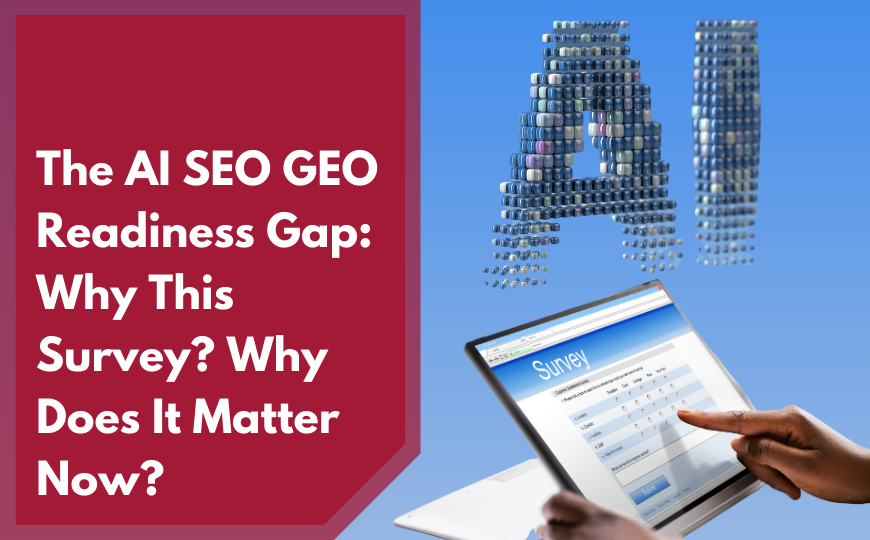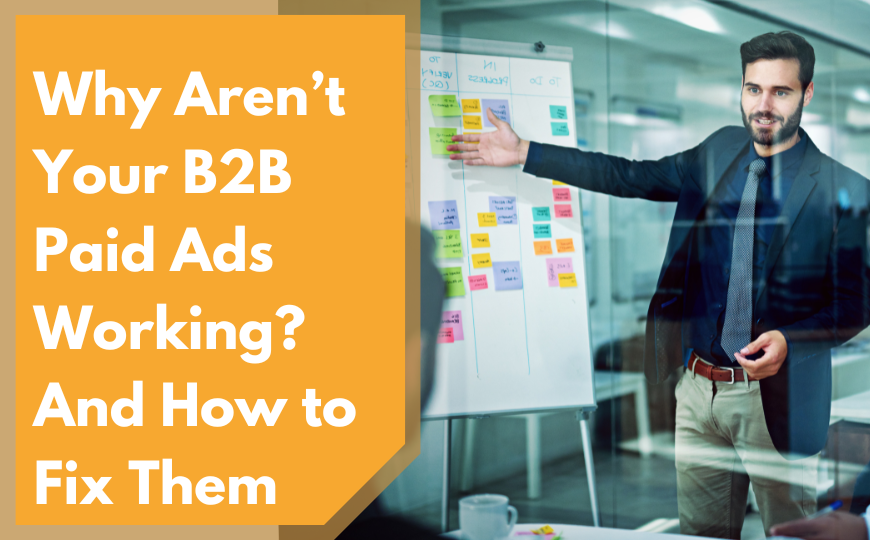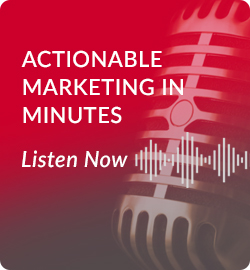Social media isn’t just a branding tool for hot new digital influencers. It’s a business asset for companies who are serious about growth, looking to create awareness, nurture relationships, and win more sales.
To make real progress, it takes a lot more than creating random posts or investing in a one-time ad spend. In other words, you need to understand two essential components of any strong social strategy: paid and organic social media. Used in isolation, each method brings value.
In this article, let’s address ways to strategically and consistently use paid and organic social media together. As a result, you will create a powerful growth engine that delivers you both immediate results and long-term loyalty.
What Is Paid Social Media?
Let’s start by defining our terms. Simply put, paid social media is any content you pay to promote on platforms like Facebook, LinkedIn, Instagram, or TikTok. These could be boosted posts, sponsored ads, or influencer collaborations—anything that uses ad spend to reach a targeted audience.
What makes paid social so valuable? Precision and speed. Unlike organic content, which depends on algorithms and audience behavior, paid content lets you dictate who sees what and when.
For example, are you looking to promote a product launch to senior decision-makers in a specific industry? You can do that with laser focus.
Bottom line, paid social is especially effective for:
- Time-sensitive promotions (like seasonal sales)
- Event registrations
- New product rollouts
- Driving immediate website traffic or conversions
At the same time, paid social doesn’t create automatic success. It requires a lot of hard work and active management that includes testing visuals, refining ad copy, analyzing audience performance, and optimizing budget. When done well, it becomes one of the most cost-effective ways to grow reach, capture leads, and generate ROI. When poorly executed, it results in a lot of wasted ad-spend and frustration.
What Is Organic Social Media?
Now let’s take a look at the other option. Organic social refers to the unpaid content you post—your day-to-day updates, behind-the-scenes videos, team highlights, thought leadership, or user-generated content.
Organic content builds trust and connection. It’s not about selling; it’s about showing up consistently. It’s what keeps people engaged once they’ve followed your brand and helps you stay top-of-mind even when they’re not ready to buy.
Here are some of the benefits of organic social media:
- Establishing brand personality and voice
- Engaging directly with your community
- Building credibility through educational content
- Gathering feedback and customer insights
Like paid social, organic content also comes with its limitations. Algorithms often restrict reach, meaning that even high-quality posts may not be widely seen. It’s a slower, relationship-building strategy that requires patience, consistency, and creativity. Yet, at the same time, when people engage with your brand organically, they’re doing so by choice—and that kind of trust is hard to buy.
Why Do You Need Both Paid and Organic?
While some brands try to choose between paid and organic, the truth is that they’re stronger together. Here are three reasons why and some thoughts about how to maximize your reach on both:
1. Speed vs. Strength
Paid social delivers quick results while organic builds lasting loyalty. Use paid for bursts of visibility and conversion and then let organic content nurture those new relationships over time.
2. Reach vs. Trust
Paid gets you in front of the right people, and organic earns their trust. One opens the door, the other invites them in and keeps them coming back.
3. Investment vs. Insight
Paid requires a financial budget, organic demands time and consistency, but each informs the other. That is to say, your organic content can highlight what messages resonate best, while paid campaigns can amplify your highest-performing content. Together, they create a feedback loop that strengthens your entire social media strategy.
Two Practical Examples
Let’s say you own a boutique bakery. You use organic posts to share mouthwatering photos of fresh pastries, behind-the-scenes videos of your baking process, and light-hearted stories from your staff. This builds an audience of loyal followers who engage with your posts, share content, and tag friends.
Then, ahead of the busy holiday season, you launch a paid Instagram ad promoting your special-order cookie trays. You target local users within a 10-mile radius and include a “Shop Now” button. New customers click the ad, place their orders—and then follow your page.
After the holidays, your new customers continue engaging with your organic content, becoming part of your brand community. Paid brought them in, but organic keeps them coming back.
Not yet convinced? Here’s another example. Imagine once again, this time that you’re a B2B company offering cybersecurity services.
You run LinkedIn ads to promote an upcoming webinar, targeting IT managers in mid-sized companies. At the same time, you share organic posts with expert tips, recent security breaches in the news, and educational infographics.
The paid campaign drives registrations. The organic content builds credibility, so your audience is primed to trust you—not just for a webinar, but as a long-term provider.
Ready for Your Ideal Social Strategy?
An effective social strategy doesn’t pick sides. It blends both approaches for full-funnel impact:
- Top of Funnel: Paid ads introduce your brand and capture attention.
- Middle of Funnel: Organic content builds trust, educates, and nurtures interest.
- Bottom of Funnel: Retargeting ads and conversion-focused organic posts drive action.
This dual strategy allows for smarter decisions. By tracking what gets clicks, likes, shares, and conversions, you can continuously refine both your organic and paid efforts.
Yet, remember that both types of social strategy require constant monitoring to improve and grow. The more you measure, the more you optimize—and the more aligned your content becomes with your audience’s actual needs and behavior.
Take the Next Step with DirectiveGroup
Let’s summarize. Success on social media isn’t about choosing between paid and organic—it’s about understanding how each one fits into your bigger picture.
When you combine the instant reach of paid campaigns with the lasting trust of organic engagement, you build a brand that connects, converts, and continues to grow.
Now it’s your time to act. What’s currently bringing in leads, and what’s not? Do you need guidance with designing a smarter and more integrated social strategy?
Our team of experts is here to help you identify what’s working, where to improve, and how to align your social presence with real business goals. Contact us today for more tips, content planning, or full-service social media optimization!
